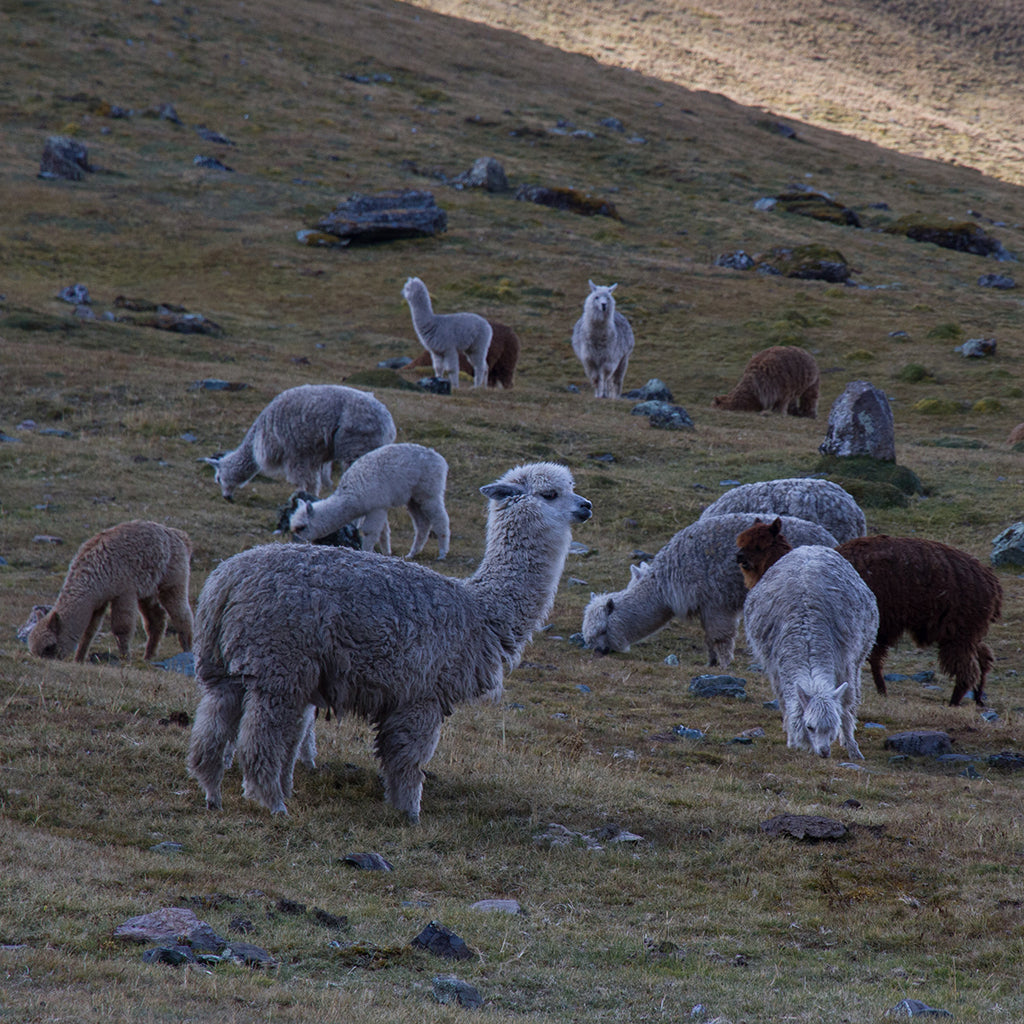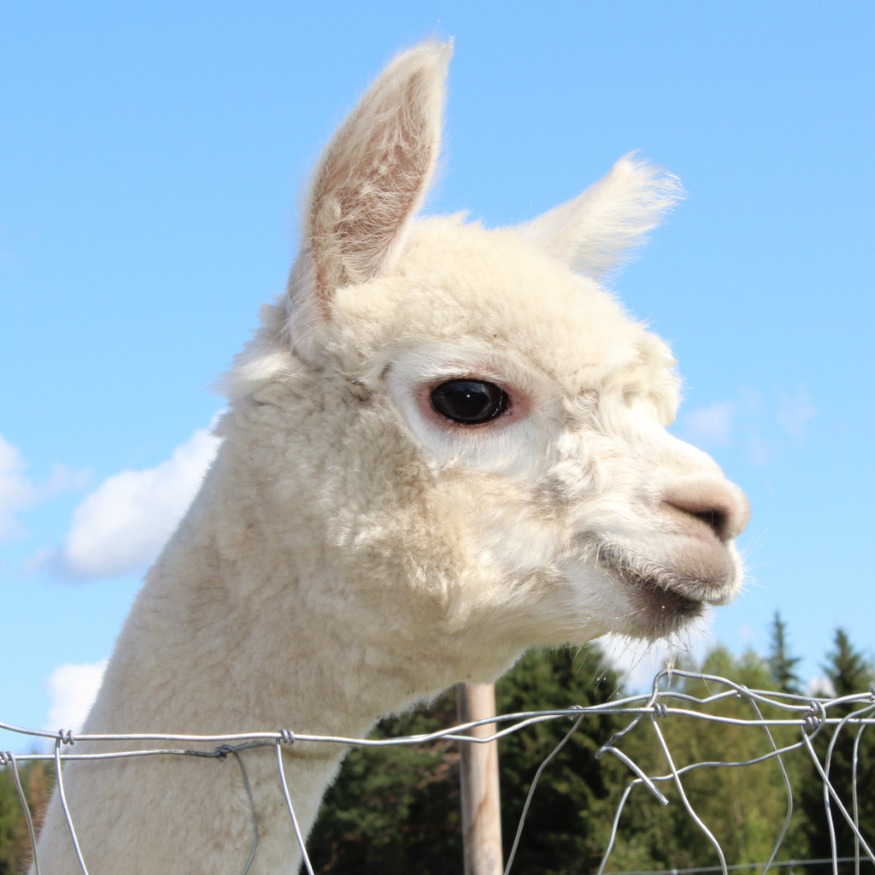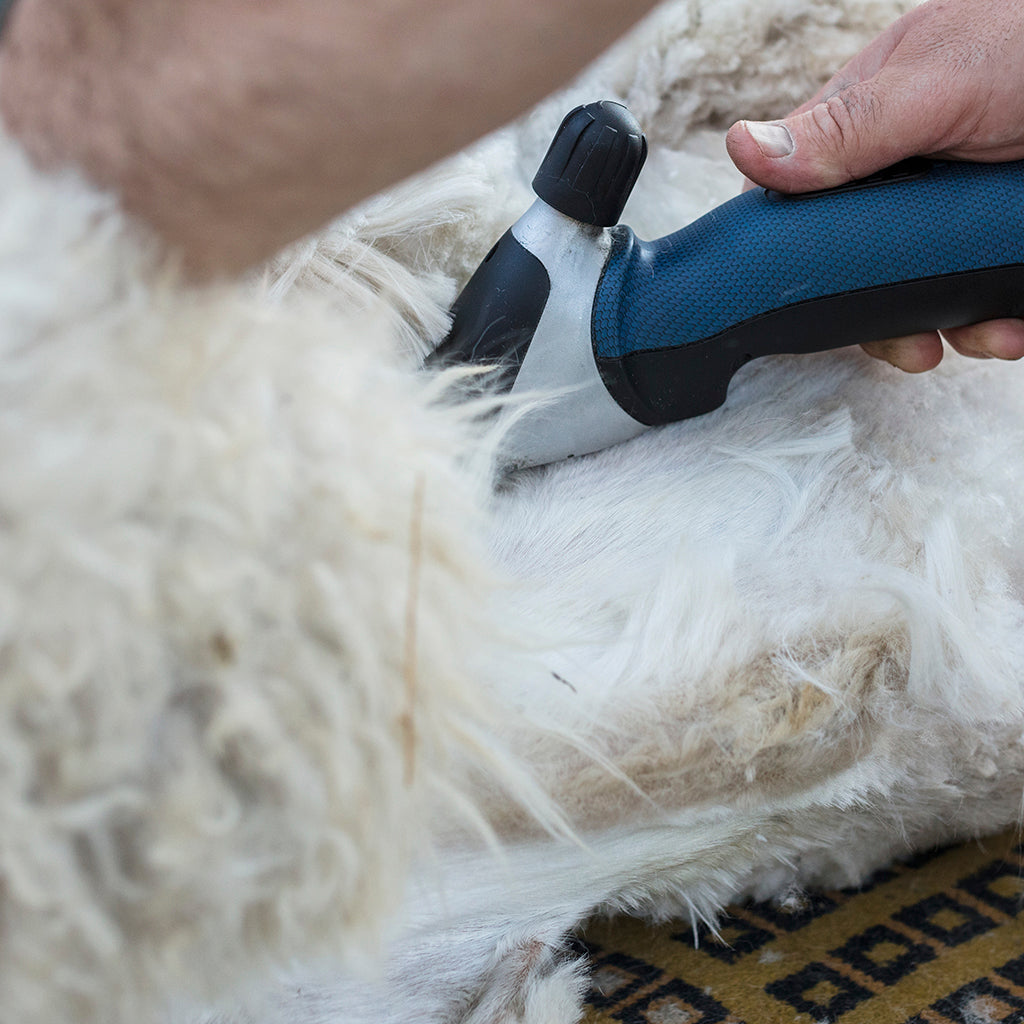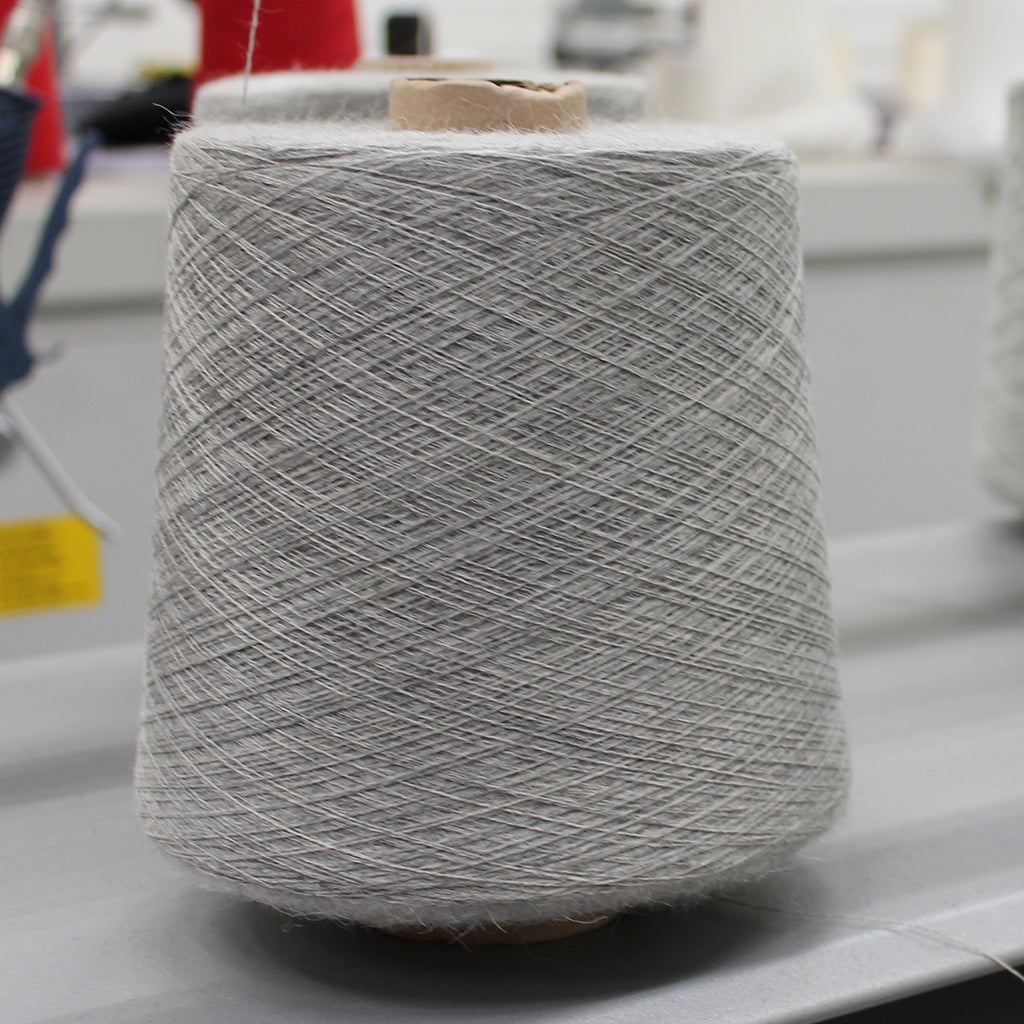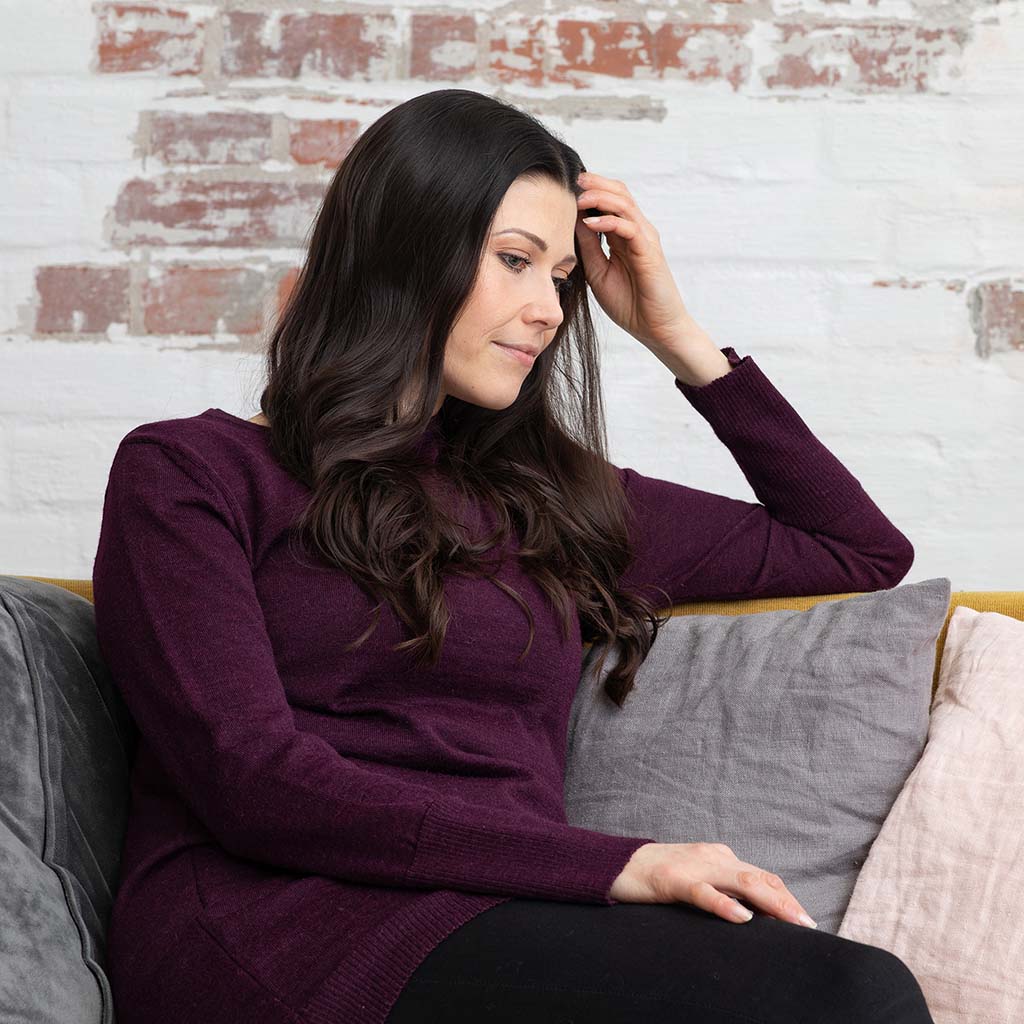Alpakka on vikunjan, laaman ja guanakon sukuinen kamelieläin, joka elää Etelä-Amerikassa, erityisesti Perussa, jossa on yli 80 % maailman kaikista n. 4 miljoonasta alpakasta.
Alpakat laiduntavat osittain villeinä Andien vuoristossa 3500 - 5000 metrin korkeudella, kymmenien tuhansien perheiden kasvattamina ja elannon tuojina heille. Lankojen tuottajamme investoi ja yhdessä näiden pienten kasvattajien kanssa tekee työtä edistääkseen alpakoiden asianmukaisia jalostus- ja tuotantotapoja.
Suomessakin alpakoita on kasvatettu vuodesta 2002 alkaen. Nyt alpakoita on noin 1000-1500, joista useat elävät pienehköissä laumoissa maatilamatkailun vetonauloina.
Haanpään kesäkahvilassa voit tavata alempana kuvassa olevan Banskun ja muita alpakoita. Kannattaa käydä tutustumassa.
Alpakka on vikunjan, laaman ja guanakon sukuinen kamelieläin, joka elää Etelä-Amerikassa, erityisesti Perussa, jossa on yli 80 % maailman kaikista n. 4 miljoonasta alpakasta.
Alpakat laiduntavat osittain villeinä Andien vuoristossa 3500 - 5000 metrin korkeudella, kymmenien tuhansien perheiden kasvattamina ja elannon tuojina heille. Lankojen tuottajamme investoi ja yhdessä näiden pienten kasvattajien kanssa tekee työtä edistääkseen alpakoiden asianmukaisia jalostus- ja tuotantotapoja.
Suomessakin alpakoita on kasvatettu vuodesta 2002 alkaen. Nyt alpakoita on noin 1000-1500, joista useat elävät pienehköissä laumoissa maatilamatkailun vetonauloina.
Haanpään kesäkahvilassa voit tavata alempana kuvassa olevan Banskun ja muita alpakoita. Kannattaa käydä tutustumassa.
Alpakka tarkoittaa paitsi itse eläintä, niin myös sen "villaa" materiaalina. Tarkkaan ottaen villa materiaaliluokituksissa tarkoittaa pelkästään lampaan villaa, mutta usein kuitenkin selkeyden tai tottumuksen vuoksi puhutaan alpakan villasta.
Classy valitsi alpakan neuleisiinsa siksi, että se on vastuullisesti tuotettu hienojen ominaisuuksien materiaali, jota melko harvat neulemerkit kuitenkaan käyttävät.
Classyn lankatoimittajalla on Responsible Alpaca Standard (RAS) sertifikaatti. Se takaa mm. sen, että alpakkakuitu tulee tiloilta, jotka huolehtivat eläinten ja niiden laidunmaan hyvinvoinnista. Eläinten ”Viisi vapautta” ovat: 1) Vapaus nälästä ja janosta, 2) Vapaus epämukavuudesta, 3) Vapaus kivusta, loukkaantumisista ja sairauksista, 4) Vapaus normaaliin käyttäytymiseen, 5) Vapaus pelosta ja ahdistuksesta.
He sanovat, että kyse ei ole sertifioinnista, vaan kyse on siitä mikä on oikein, kyse on tulevaisuudesta. Classyllä olemme täysin samaa mieltä.
Alpakka tarkoittaa paitsi itse eläintä, niin myös sen "villaa" materiaalina. Tarkkaan ottaen villa materiaaliluokituksissa tarkoittaa pelkästään lampaan villaa, mutta usein kuitenkin selkeyden tai tottumuksen vuoksi puhutaan alpakan villasta.
Classy valitsi alpakan neuleisiinsa siksi, että se on vastuullisesti tuotettu hienojen ominaisuuksien materiaali, jota melko harvat neulemerkit kuitenkaan käyttävät.
Classyn lankatoimittajalla on Responsible Alpaca Standard (RAS) sertifikaatti. Se takaa mm. sen, että alpakkakuitu tulee tiloilta, jotka huolehtivat eläinten ja niiden laidunmaan hyvinvoinnista. Eläinten ”Viisi vapautta” ovat: 1) Vapaus nälästä ja janosta, 2) Vapaus epämukavuudesta, 3) Vapaus kivusta, loukkaantumisista ja sairauksista, 4) Vapaus normaaliin käyttäytymiseen, 5) Vapaus pelosta ja ahdistuksesta.
He sanovat, että kyse ei ole sertifioinnista, vaan kyse on siitä mikä on oikein, kyse on tulevaisuudesta. Classyllä olemme täysin samaa mieltä.
Alpakka pärjää Andien vuoriston kylmissä olosuhteissa, jossa lämpötila voi vaihdella +30 ja -20 asteen välillä, siksi, että sen karvan kuitu sisältää pieniä ilmakuplia, ja näin eristää lämpöä erittäin hyvin.
Lampaan villaan verrattuna alpakka on sileää, eikä siinä ole suomumaista rakennetta. Siksi alpakasta tehdyt vaatteet tuntuvat käteen sileältä ja pehmeältä. Alpakassa ei ole lanoliiniä (villarasvaa), minkä vuoksi se soveltuu useille villalle allergisille.
Alpakat keritään kerran vuodessa. Lankojen tuottaja ja pienet kasvattajat ovat yhdistäneet nykyaikaisia tuotantotekniikoita ja perinteisiä menetelmiä pyrkimyksenä vähentää keritsemisen aiheuttama stressi mahdollisimman pieneksi. Kaikenlainen eläinten kaltoin kohtelu on kielletty. He haluavat varmistaa, että kestävä kasvatus tuottaa edelleen tuloja yhteisöille, jotka ovat perinteisesti hoitaneet alpakoita harmonisessa suhteessa.
Keritsemisen jälkeen kuidut lajitellaan niiden paksuuden ja värin mukaan jatkojalostusta varten.
Alpakka pärjää Andien vuoriston kylmissä olosuhteissa, jossa lämpötila voi vaihdella +30 ja -20 asteen välillä, siksi, että sen karvan kuitu sisältää pieniä ilmakuplia, ja näin eristää lämpöä erittäin hyvin.
Lampaan villaan verrattuna alpakka on sileää, eikä siinä ole suomumaista rakennetta. Siksi alpakasta tehdyt vaatteet tuntuvat käteen sileältä ja pehmeältä. Alpakassa ei ole lanoliiniä (villarasvaa), minkä vuoksi se soveltuu useille villalle allergisille.
Alpakat keritään kerran vuodessa. Lankojen tuottaja ja pienet kasvattajat ovat yhdistäneet nykyaikaisia tuotantotekniikoita ja perinteisiä menetelmiä pyrkimyksenä vähentää keritsemisen aiheuttama stressi mahdollisimman pieneksi. Kaikenlainen eläinten kaltoin kohtelu on kielletty. He haluavat varmistaa, että kestävä kasvatus tuottaa edelleen tuloja yhteisöille, jotka ovat perinteisesti hoitaneet alpakoita harmonisessa suhteessa.
Keritsemisen jälkeen kuidut lajitellaan niiden paksuuden ja värin mukaan jatkojalostusta varten.
Alpakan kuidut ja niistä tehdyt langat jaotellaan kuidun paksuuden mukaisesti seuraaviin luokkiin
- Royal alpaca max 19,0 mikrometriä
- Baby alpaca max 22,5 mikrometriä
- Superfine alpaca max 26,5 mikrometriä
- Huarizo alpaca max 31,0 mikrometriä
- Adult alpaca max 34,0 mikrometriä
Valmistajasta riippuen luokituksissa on hieman eroja.
Classyn neuleet tehdään Baby alpakasta. Huiveissa on käytetty myös Premium Baby alpakkaa, jossa kuidut on valittu luokituksen alarajalta, osin jopa Royal alpaca luokituksen puolelta. Eron todella huomaa, premium-luokiteltu on ylellisen pehmeää.
Alpakan kuidut ja niistä tehdyt langat jaotellaan kuidun paksuuden mukaisesti seuraaviin luokkiin
- Royal alpaca max 19,0 mikrometriä
- Baby alpaca max 22,5 mikrometriä
- Superfine alpaca max 26,5 mikrometriä
- Huarizo alpaca max 31,0 mikrometriä
- Adult alpaca max 34,0 mikrometriä
Valmistajasta riippuen luokituksissa on hieman eroja.
Classyn neuleet tehdään Baby alpakasta. Huiveissa on käytetty myös Premium Baby alpakkaa, jossa kuidut on valittu luokituksen alarajalta, osin jopa Royal alpaca luokituksen puolelta. Eron todella huomaa, premium-luokiteltu on ylellisen pehmeää.
Voiko tavallinen, lähiruokaa suosiva vastuullinen kuluttaja käyttää kaukaa Perusta rahdattua alpakkaa vaatteissaan?
Kyllä voi!
Lähiseudulla kasvatetun lampaan villasta tehdyt vaatteet olisivat kenties suositeltavampia, mutta verrattuna esimerkiksi Australiassa tehotuotetusta merinovillasta Kiinassa tai Bangladeshissä tehtyyn neuleeseen verrattuna vapaana vaeltavien alpakoiden villasta tehdyt tuotteet ovat hyvin vastuullisesti tuotettuja - erityisesti kun tuotteet on tehty Suomessa tai lähialueella.
Vastuullinen kuluttaminen lähtee ostopäätöksestä – tarvitsetko todella tätä uutta vaatetta? Osta vähemmän, osta parempaa, ja käytä pidempään. Alpakasta tehdyt vaatteet ovat oikein hoidettuina pitkäikäisiä, eikä Classyn tuotteiden ajaton tyyli ole koskaan poissa muodista.
Voiko tavallinen, lähiruokaa suosiva vastuullinen kuluttaja käyttää kaukaa Perusta rahdattua alpakkaa vaatteissaan?
Kyllä voi!
Lähiseudulla kasvatetun lampaan villasta tehdyt vaatteet olisivat kenties suositeltavampia, mutta verrattuna esimerkiksi Australiassa tehotuotetusta merinovillasta Kiinassa tai Bangladeshissä tehtyyn neuleeseen verrattuna vapaana vaeltavien alpakoiden villasta tehdyt tuotteet ovat hyvin vastuullisesti tuotettuja - erityisesti kun tuotteet on tehty Suomessa tai lähialueella.
Vastuullinen kuluttaminen lähtee ostopäätöksestä – tarvitsetko todella tätä uutta vaatetta? Osta vähemmän, osta parempaa, ja käytä pidempään. Alpakasta tehdyt vaatteet ovat oikein hoidettuina pitkäikäisiä, eikä Classyn tuotteiden ajaton tyyli ole koskaan poissa muodista.
